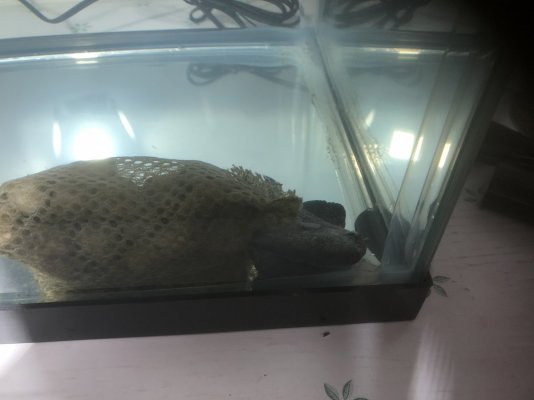I seem to have lost the last fish in my Reefer 350 overnight -- a juvenile niger trigger, which has now disappeared. I didn't have many fish in the tank, but only managed to save one (a goby), which was slow enough to be caught in a net. It's now glaring at me in quarantine with copper, and eating well, so it seems likely it'll pull through.
I have no idea what took out the fish. There were no symptoms aside from the fact that the trigger sought out the cleaning shrimp frequently for the past week; no spots, colour fading, skin sloughing or really, anything were present on any of the fish. All fish fed well right up to their deaths; I found two partial corpses, but they'd been recycled by the CUC so necropsies were out of the question.
Question: would a 72 day fallow period cover all known diseases? It seems likely that this wasn't ich, unless there's a type that manifests only in the gills. And none of the fish were swimming into the power heads, so that would seem to rule out velvet.
I have no idea what took out the fish. There were no symptoms aside from the fact that the trigger sought out the cleaning shrimp frequently for the past week; no spots, colour fading, skin sloughing or really, anything were present on any of the fish. All fish fed well right up to their deaths; I found two partial corpses, but they'd been recycled by the CUC so necropsies were out of the question.
Question: would a 72 day fallow period cover all known diseases? It seems likely that this wasn't ich, unless there's a type that manifests only in the gills. And none of the fish were swimming into the power heads, so that would seem to rule out velvet.
















